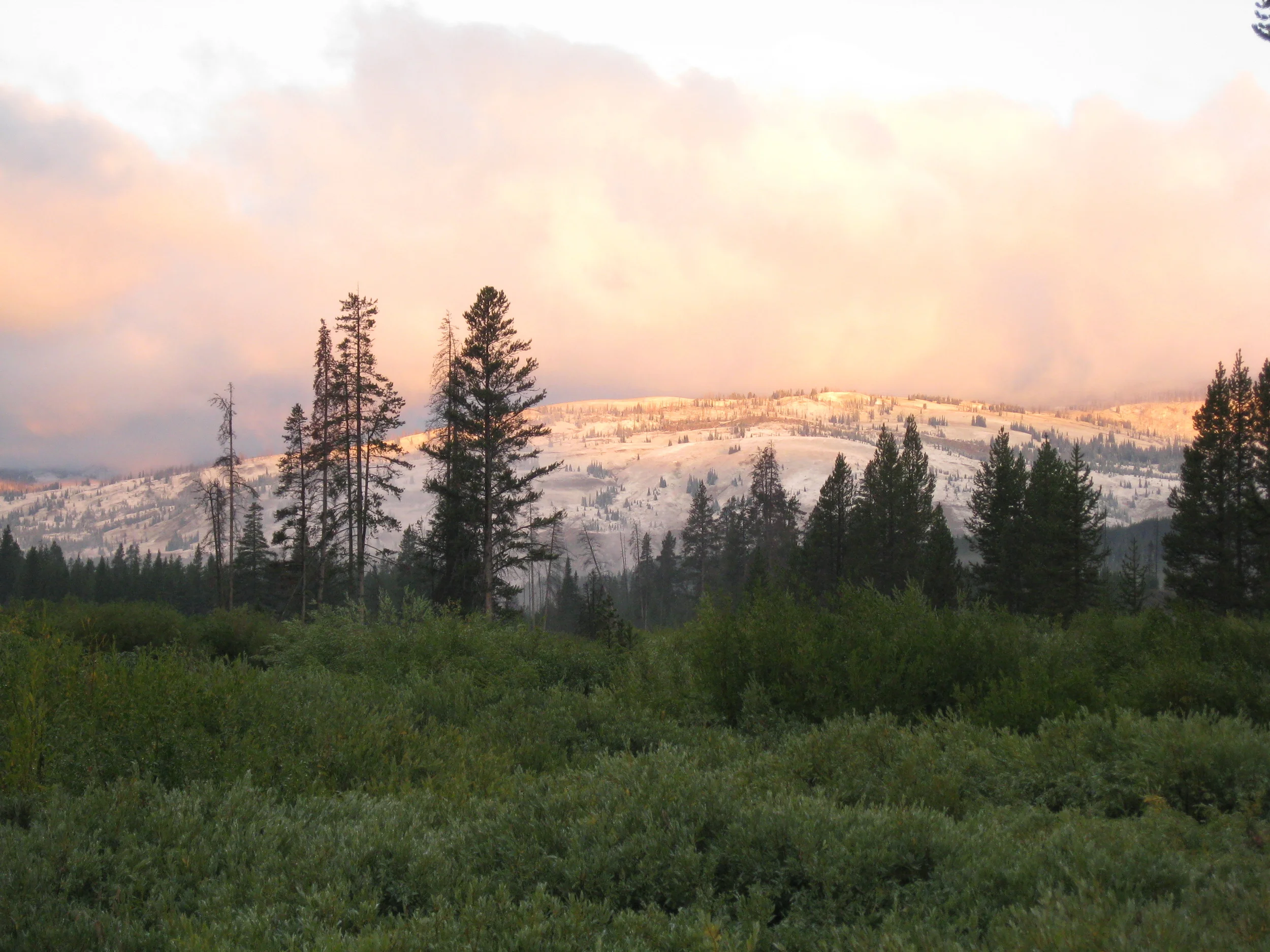About Matt
I’ve been working for The Economist as a science correspondent for nearly two decades and contributed over half a million words to the newspaper during that time. Fascinated by the weird and often less well respected members of the animal kingdom, I’ve made a habit of writing about how these species make life better for humanity
In How Illuminating, I explored how the humble jellyfish made it possible for glowing proteins to track the behaviours of cancer cells. In Glue Bones, I described how the saliva of the sandcastle worm (which builds the structures that its name implies) made it possible for researchers to develop a glue that can hold bits of bone together in salty environments (like those found on bloody operating room tables). In Buzzing Without Being Buzzed, I explained why Oriental hornets are utterly immune to the toxic effects of alcohol and can guzzle the stuff all day long. Over the years, I have also written extensively for National Geographic, The New York Times, Scientific American, Nature and New Scientist.*
Shortly after writing Time To See The Blight, a widely read lead story published in The Economist in 2019 that explored the interaction between plant diseases and climate change, I started collaborating with the United Nations Environmental Program to help the organisation better craft the executive summaries and speeches that it delivers at important climate and biodiversity meetings. Aware of the threat that climate change and biodiversity loss present to human health, I have continued that collaboration to the present day.
Long intrigued by the ways in which ancient people tried to explain mysterious aspects of the natural world with mythology, I am the author of two books on the subject: Science of the Magical and Science of Monsters. I was awarded a Knight Fellowship in 2014 and used the opportunity to study immunology at MIT and folklore at Harvard. My next book, I Told You So: Scientists Who Were Ridiculed, Exiled and Imprisoned For Being Right, is currently being edited by St. Martin’s Press and will publish later this year.
Outside of my writing and consulting work, I've collaborated extensively with TED to create educational animations about the boundary between myth and science. Together The Science Behind Homer’s Odyssey and The Scientific Origins of the Minotaur have been viewed over seven million times.
When not at my desk, I make a good effort at meeting the grim reaper for an early tea on expeditions in far flung regions of the world. I've hacked my way through the Alaskan bush, fended off tiger snakes in the bogs of Tasmania, nearly fallen into a crevasse in Switzerland and got my scuba respirator hose snagged on the sunken wreck of a British minesweeper. I annually donate several weeks of my time each year to Scouting UK to teach young people how to survive in the wild.
*My personal favourite is How to Eat a Triceratops published in Nature.
Want to follow me? I'm on Twitter as @MattKaplan12

